Choosing the Right Sleeping Pad Guide
A good sleeping pad is one of the most important pieces of gear for campers and backpackers. It serves the crucial functions of providing insulation from the cold ground and cushioning your body for a comfortable night’s sleep. With different types of sleeping pads available and various factors to consider like weight, packed size, insulation, and comfort, choosing the right sleeping pad requires understanding the tradeoffs involved for your intended uses.
#1 Main Types of Sleeping Pads
There are three primary categories of sleeping pads available on the market today, each with their own sets of pros and cons:
A. Closed-Cell Foam Pads
Closed-cell foam pads provide a durable and affordable sleeping pad option. They contain foam that has been injected with nitrogen to create air bubbles, giving the pad an insulating quality.
Pros:
- Inexpensive compared to other pad types
- Extremely durable foam provides good protection against ground debris
- Provides decent warmth and insulation from the ground
Cons:
- Bulkier and heavier than inflatable options
- Less cushioning and comfort than air pads
- Can feel slick which some sleepers don’t like
Popular closed cell foam pads include the Therma-Rest Z Lite Sol and NEMO Switchback.
B. Self-Inflating Pads
Self-inflating pads provide increased thickness and comfort over foam pads. They contain open-cell foam and air which expands when the pad’s valve is opened.
The original Therm-A-Rest launched in 1971 revolutionized the industry with its self-inflating concept.
Pros:
- Comfortable, thick cushioning
- Self-inflation mechanism is easy to use
- More lightweight than closed-cell foam
Cons:
- Expensive compared to foam pads
- Not as durable or insulating as closed-cell foam
- Bulkier when packed down compared to air pads
The Therm-A-Rest NeoAir XLite is currently one of the most popular self-inflating sleeping pads.
C. Air Pads
Air pads utilize air chambers instead of foam, requiring inflation from breath, a stuff sack, or built-in pump mechanism. These deliver the most cushioning and pack down the smallest.
Recent innovations in air pad fabrics like metallic coatings and baffle constructions enhance durability and insulation.
Pros:
- Most comfortable and thick pad option
- Lightest and most compact when packed
- Improved fabrics resist leaks
Cons:
- Most expensive sleeping pad type
- Air chambers can puncture and leak over time
- Require inflation at camp
Leading air pads include the Nemo Tensor Insulated, Therm-A-Rest NeoAir XTherm, and TAHAN Panthera Inflatable Sleeping Pad.
#2 The Significance of Insulation and R-Values
One of the primary functions of a sleeping pad is to provide warmth and insulation from the cold ground. The measurement used to determine a pad’s effectiveness in this area is its R-value.
The R-value represents the ability of a sleeping pad’s insulation to resist conducted heat flow. The higher the R-value, the better it insulates and retains heat.
Common R-value ranges include:
- 1-2: Minimal insulation for warm weather camping
- 3-4: Suitable for 3 season backpacking depending on sleep system
- 5-6: Recommended for cold weather and winter camping
TAHAN Panthera Inflatable Sleeping Pad has R-value of 2+.
Sleeping pads also come in insulated and uninsulated varieties:
- Insulated pads contain synthetic insulation to increase warmth. This adds weight but enhances R-values.
- Uninsulated pads rely solely on the pad’s thickness and air chambers to resist conductive heat loss. These focus more on comfort over insulation.
Understanding R-values and insulation enables choosing a pad with suitable warmth properties for the expected temperatures and seasonal conditions.
#3 Maximizing Sleeping Pad Comfort
While insulation and warmth are essential functions of a sleeping pad, comfort is also a major consideration for ensuring a good night’s rest on the trail.
Key comfort factors in sleeping pad design include:
- Thickness – This impacts cushioning. Thicker pads around 2.5-3 inches (approximately 6.35-7.62 cm) deliver more pillowy support.
- Length – Standard pad length is 72 inches (approximately 182.88 cm) but tall sleepers may prefer 76-78 inch pads.
- Width – Wider 25-26 inch pads (approximately 63.5-66.04 cm) provide more room to spread out.
- Sleeping Position – Side sleepers need thicker pads around 3 inches (approximately 7.62 cm) for pressure point cushioning while back sleepers can use thinner pads since their weight is more evenly distributed.
Finding the right balance of size and thickness for your sleep system can go a long way towards camping and backpacking comfort.
TAHAN Panthera Inflatable Sleeping Pad has 10cm thickness mattress, its length is 195cm, and width is 70cm, suitable for tall sleepers.
TAHAN Panthera Inflatable Sleeping Pad has 16cm built-in pillow thickness.
#4 Key Decision Factors for Choosing a Pad
When selecting a sleeping pad, keep the following key factors in mind:
A. Weight
If you plan to carry your sleeping pad over long distances, weight becomes a major consideration. Closed-cell foam and self-inflating pads are heaviest, while air pads are lighter at the cost of durability.
B. Packed Size
While foam pads don’t compress much, self-inflating and air pads shrink down for easier packing. If space in your backpack is limited, an air pad’s small packed size is advantageous.
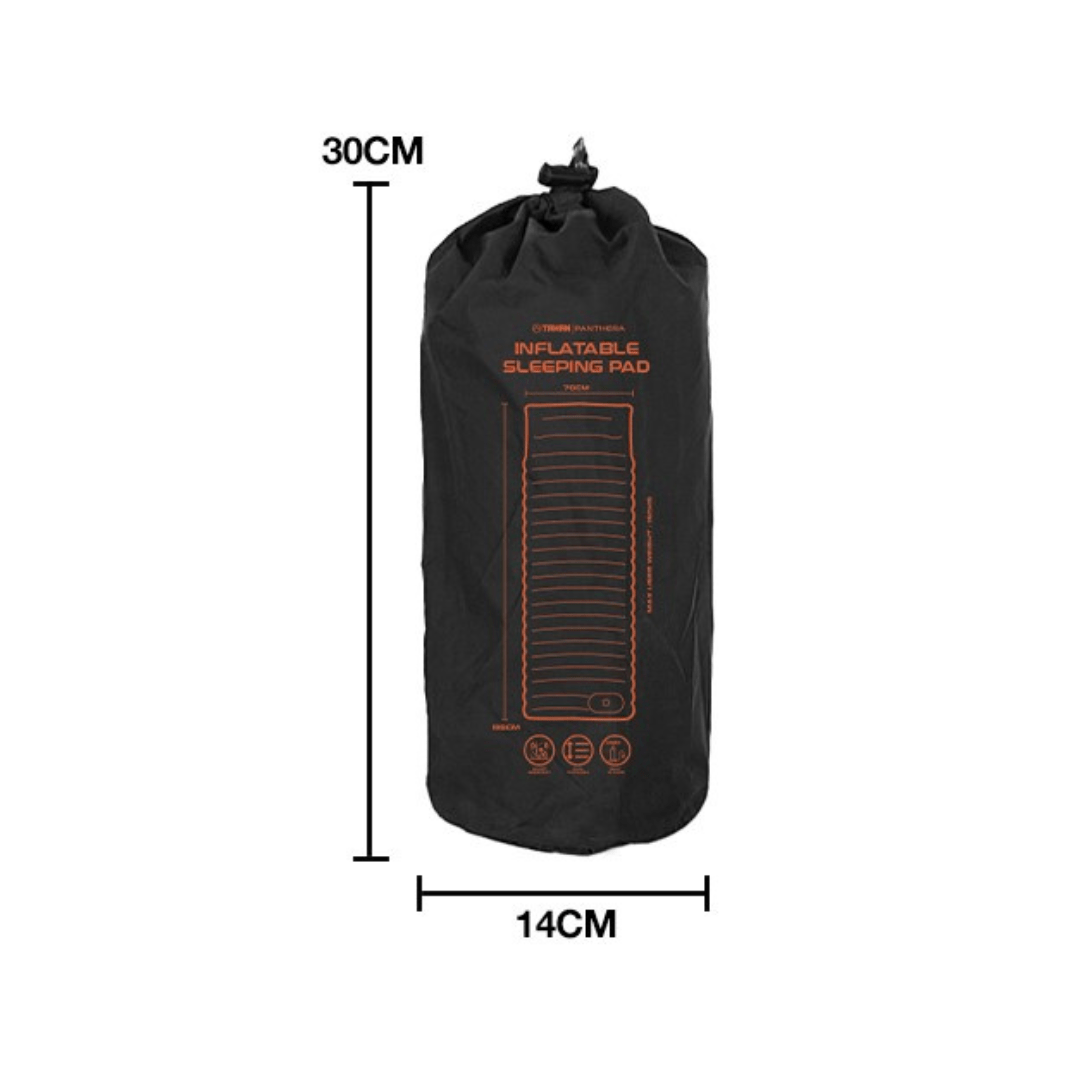
TAHAN Panthera Inflatable Sleeping Pad with a storage size of 30x14cm and a weight of 900g, which is compact and light.
C. Insulation & R-Values
Evaluate the expected low temperatures and weather conditions you plan to use your sleeping pad in along with your sleep system. Then ensure your pad’s insulation and R-value meet these needs.
D. Durability
Assess whether you sleep in exposed, rocky terrain versus tent camping on cleared surfaces. Closed-cell foam handles abrasion the best if durability is a concern.
E. Comfort Features
Depending on your sleeping position and pressure point sensitivity, pay attention to factors like thickness, width, and length when maximizing comfort.
Now that we’ve covered how to select a pad based on your needs, let’s look at some top-rated sleeping pad recommendations in different categories.
Summary
Choosing the right sleeping pad involves balancing insulation, comfort, weight, packability, and durability. Understand different types, like closed-cell foam, air construction, backpacking-focused, or cold weather insulation, to find the best fit for your needs. Consider R-values and features that enhance sleep quality. While no pad is objectively the best, reflecting on your camping style makes choosing easier. With this guide, ensure your next night’s sleep in the backcountry is warm, comfy, and refreshing.
FAQs about Sleeping Pad
Sleeping pads create a thermal barrier between your body and the cold ground. The pads use insulative fabrics and air pockets to resist conducted heat loss into the earth which pulls warmth from your body.
Closed cell foam pads are the most durable and affordable but least comfortable option. Self-inflating pads offer more cushioning through open cell foam and air expansion. Air pads provide the cushiest experience but are prone to punctures.
Yes, layering pads can certainly boost your overall R-value. This tactic is commonly used in winter camping. Just note that you sacrifice weight, space and convenience by using multiple sleeping pads together.
Choose an insulated pad if you primarily camp in cold weather and need maximum R-values. Uninsulated pads focus more on optimizing comfort and packability – ideal for 3 season backpacking.
A longer, wider sleeping pad gives more room to move around and reduces the chance of falling off. Thicker pads in the 2.5 inch range also improve cushioning, especially for side sleepers at pressure points.
Thank you for taking the time to explore our article! If you’re hungry for more camping tips and outdoor adventures, check out our next insightful piece on essential gear for a memorable experience here. Happy reading!


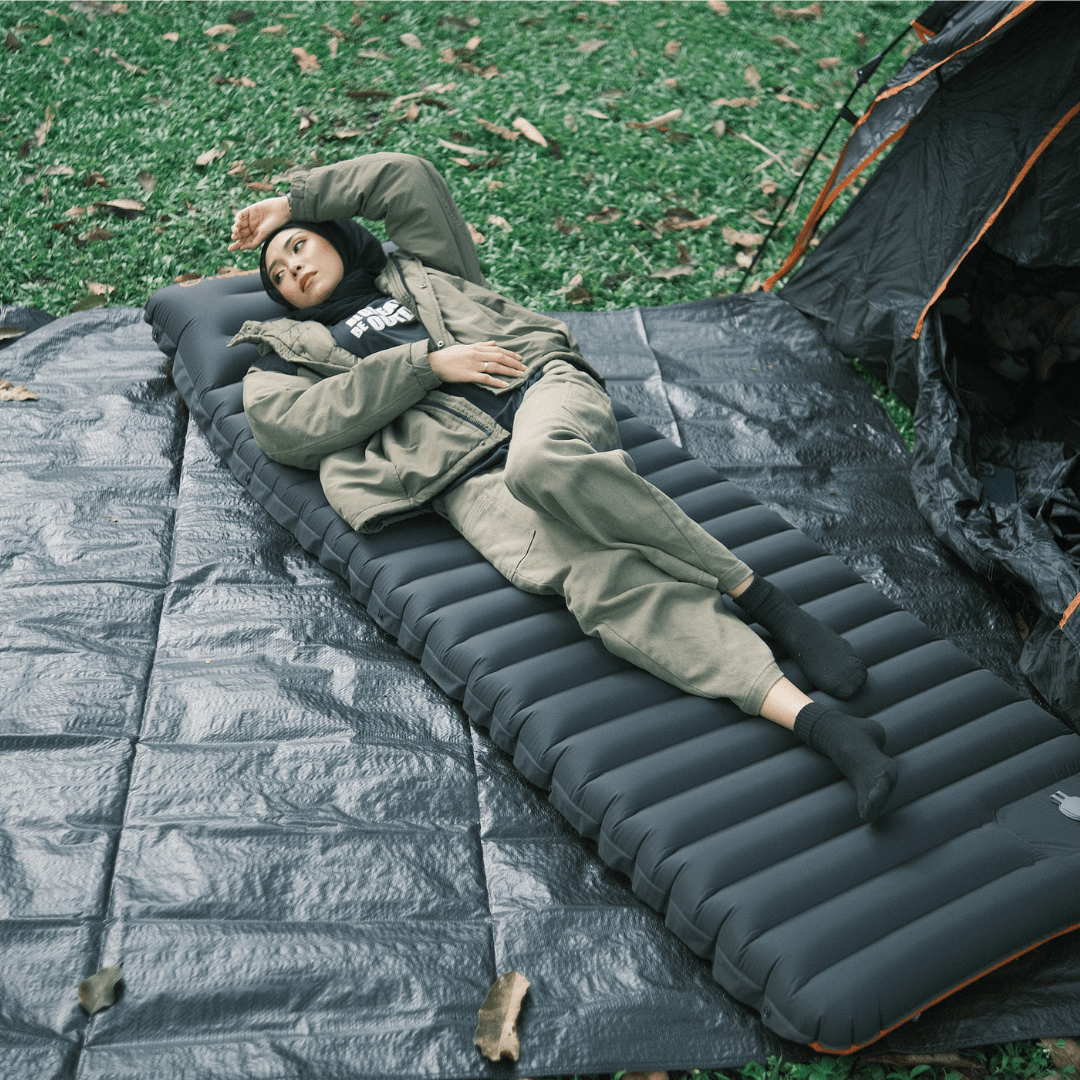
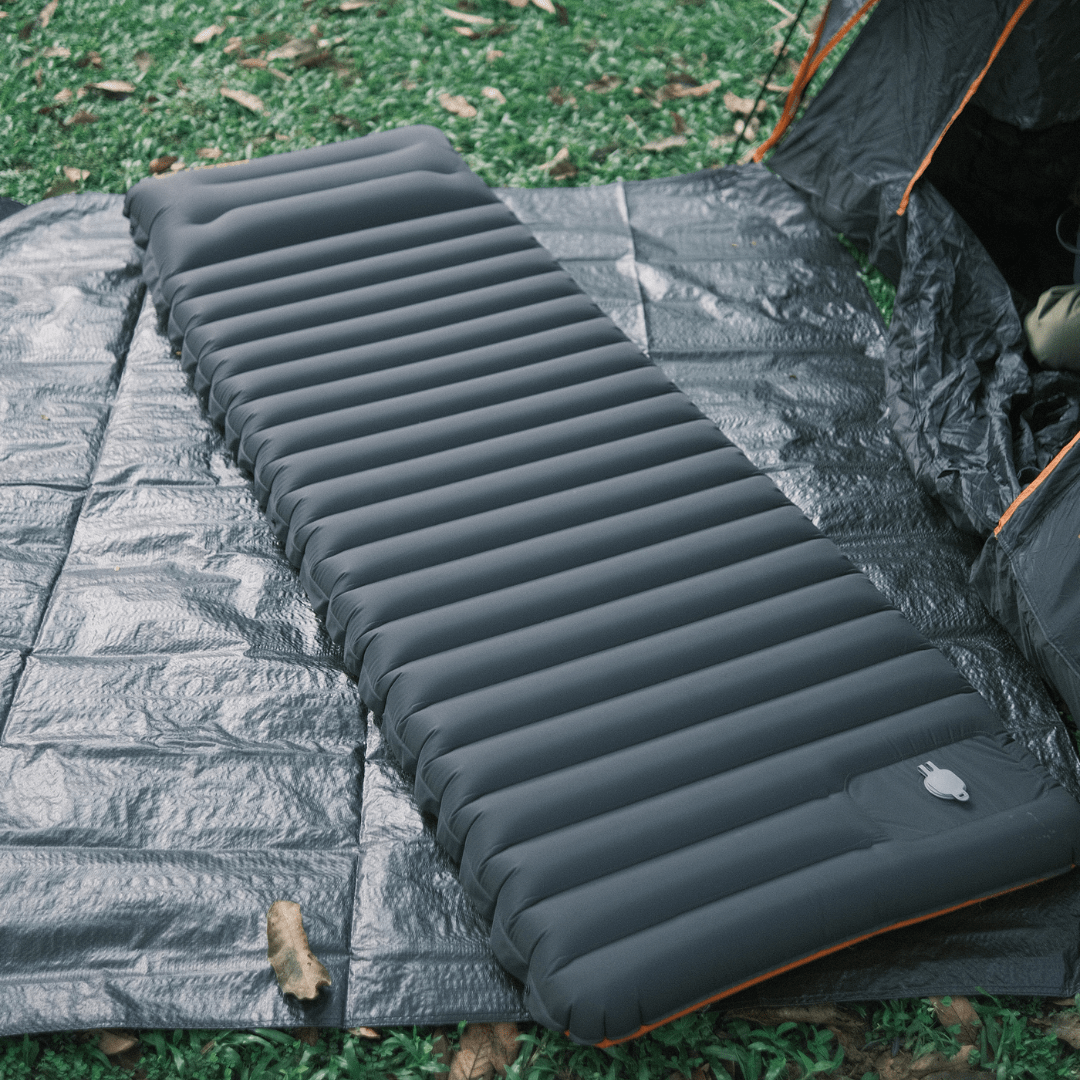
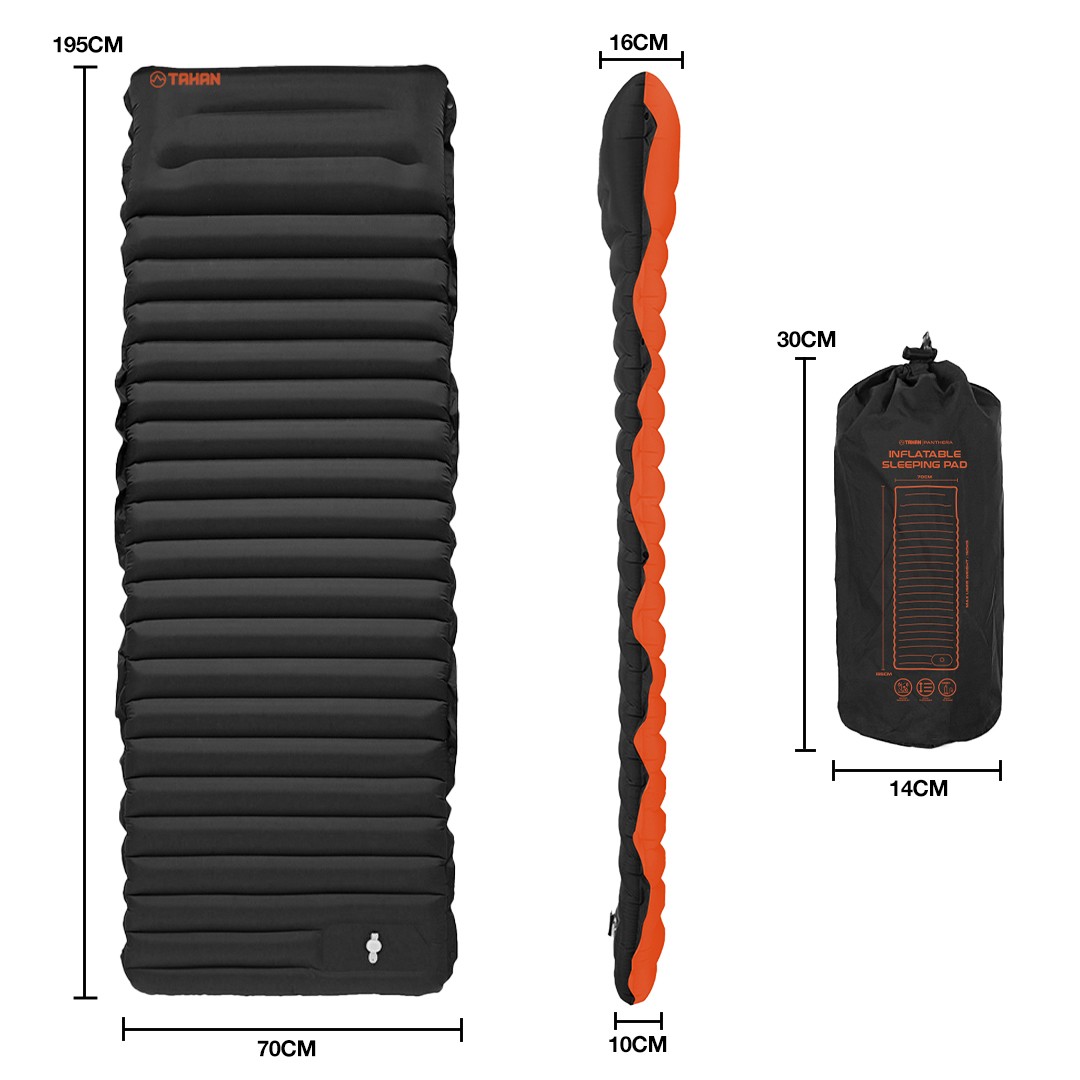
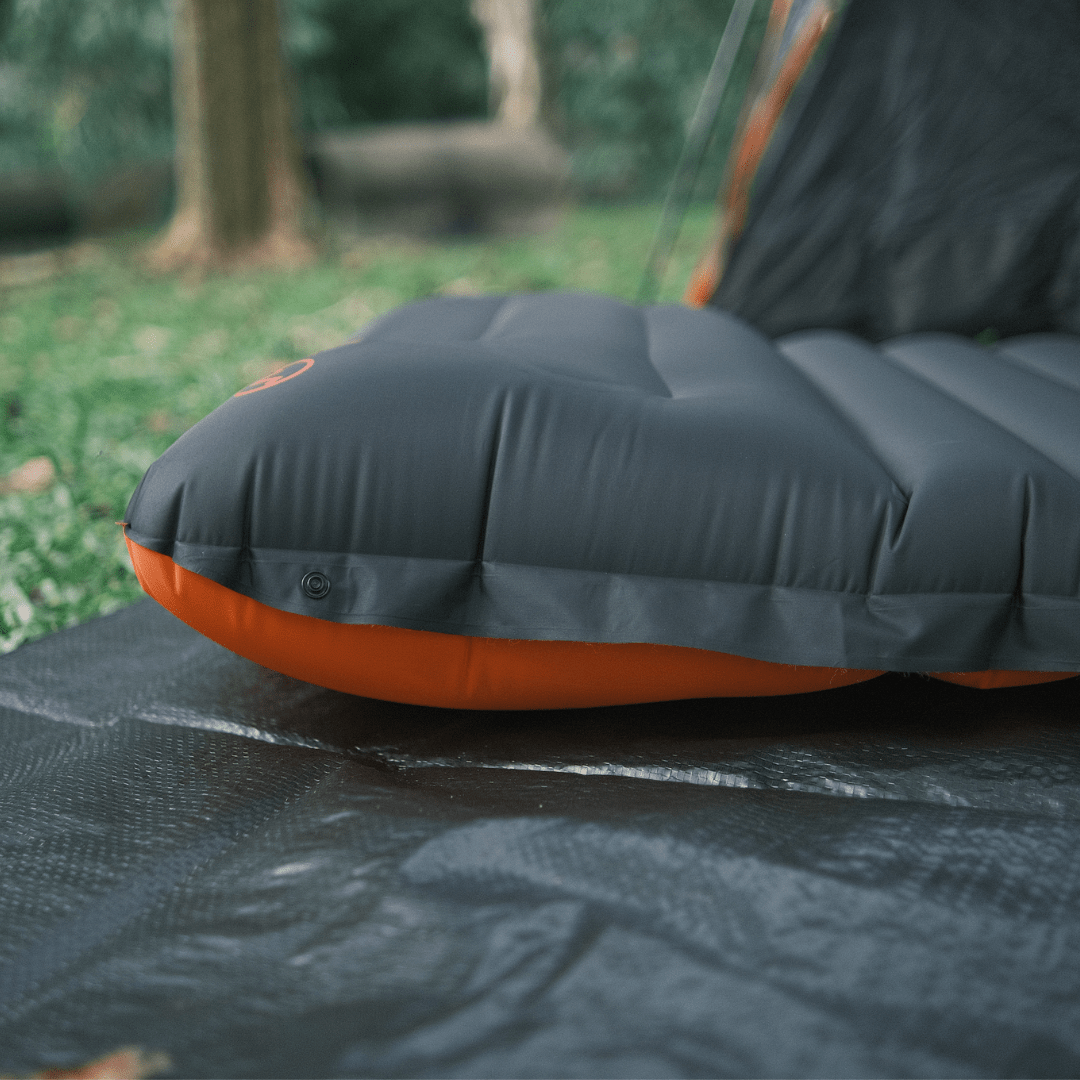
Shop Our Gears
Camp & Hike
TAHAN
COMBO
SLEEP SYSTEM
More tips that you might find useful:
12 Secrets to Getting Cheap Flights in Malaysia
马来西亚露营:户外探险综合指南
Camping in Malaysia: A Comprehensive Guide to Outdoor Adventures
Conquering Mount Kinabalu: A Hiker’s Guide to Malaysia’s Highest Peak
Camp Cooking Gear Guide – Build the Ultimate Camp Kitchen!
Top 5 Most Popular Campsites in Selangor
Ultimate Guide to Tropical Leisure Camping in Malaysia: TAHAN’s Top 5 Gear Picks
The Ultimate Guide to Hammock in Malaysia: Comfort, Adventure, and Relaxation